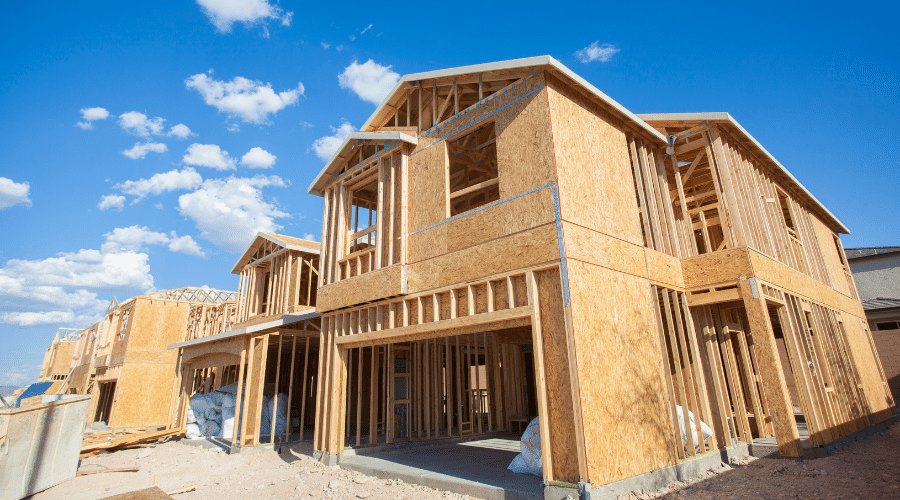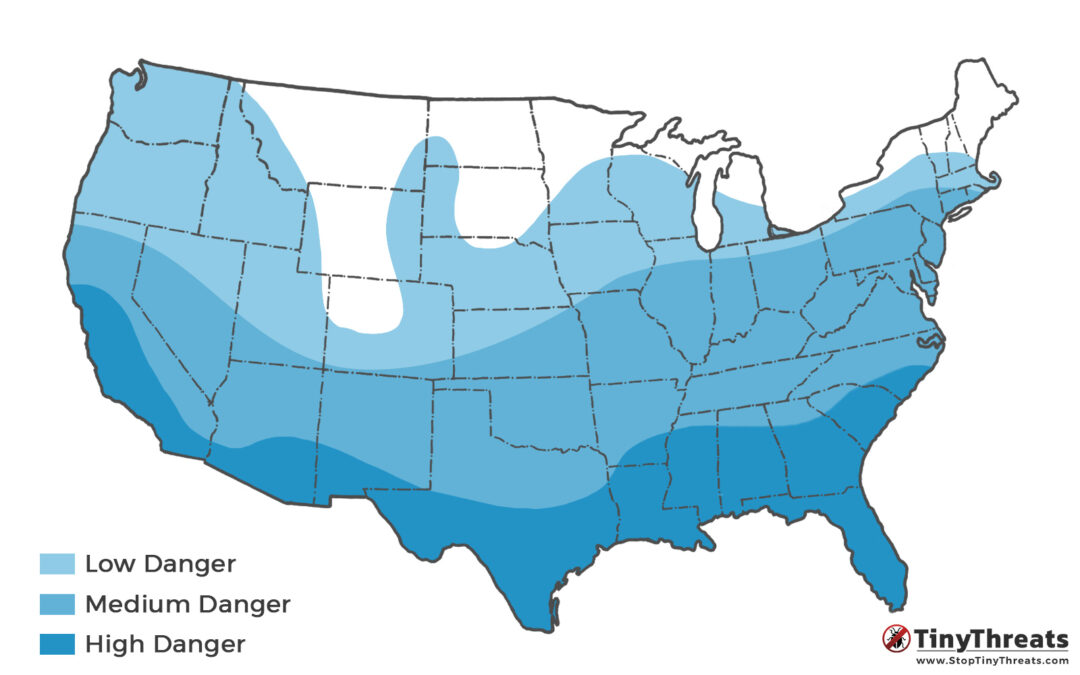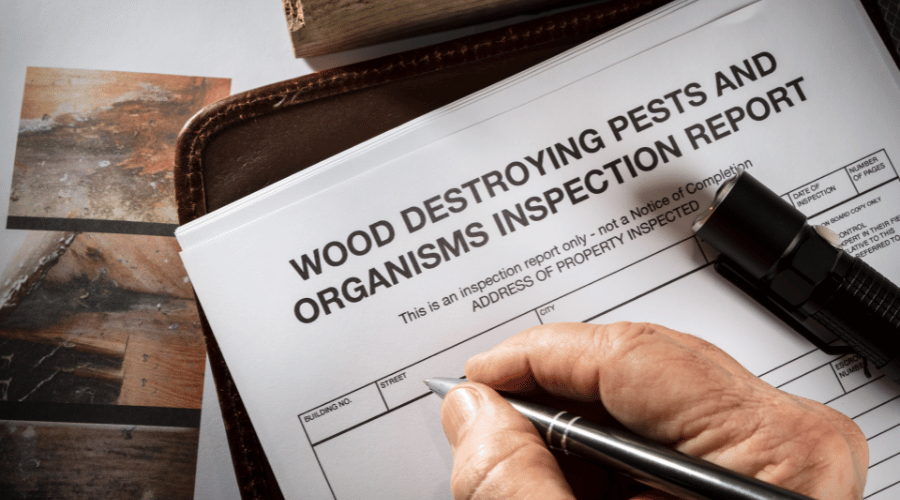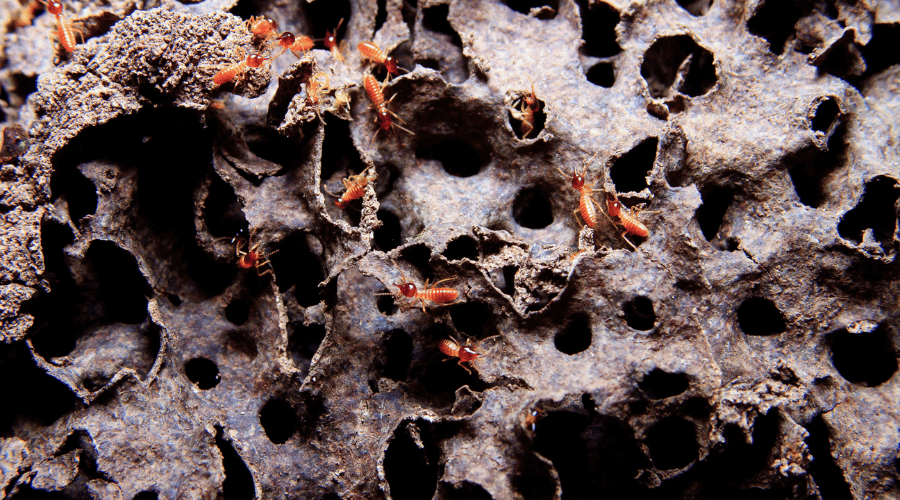During or before construction is often the easiest time to pre-treat your new home against termites. This pre-treatment or pre-treat is often done in cooperation between the construction and pest-control company.
Common pre-construction termite treatments include soil treatment and termite shields against subterranean termites, and treating wood and walls against drywood and dampwood species.
If you plan a new construction project, taking steps to making it protected against termites can be considered the norm, and is even required by regulations in many areas.
Table of Contents
Why Pre-Treat against Termites during Construction?
If your new house is being built in an area that is affected by termites, you will have to install protective measures sooner or later.
Many of these anti-termite safeguards are much easier and cheaper to install before and during construction, rather than when everything is finished.
Some, like termite shields and barriers, are almost impossible to install at all once the building is finished, as they sit as deep as the foundation itself.
Other options, like the soil treatment, are also much easier if there are no constructions around the house yet, and no concerns about digging deep into the soil.
Pre-Treatment Options
Your pest-control company should recommend the best choices for pre-construction treatment, and be responsible for handling the installation.
Local experts are usually best suited to give individual advice, since they often have decades of experience in your own area. Since termite species, environment, and regulations are different from state to state, and even region to region, we recommend following the advice of local experts.
With that in mind, here is an overview of the most common and effective treatment options.
Soil Treatment
Against subterranean termites, soil treatment is highly effective at keeping them away from your home.
Also called chemical treatment, liquid soil treatment creates a barrier around your house by pouring eco-friendly and safe pesticides into the earth around your house.
Since it has to be applied not on top of the soil, but in 5-inch trenches around the house, it’s easiest to do soil treatment during construction.
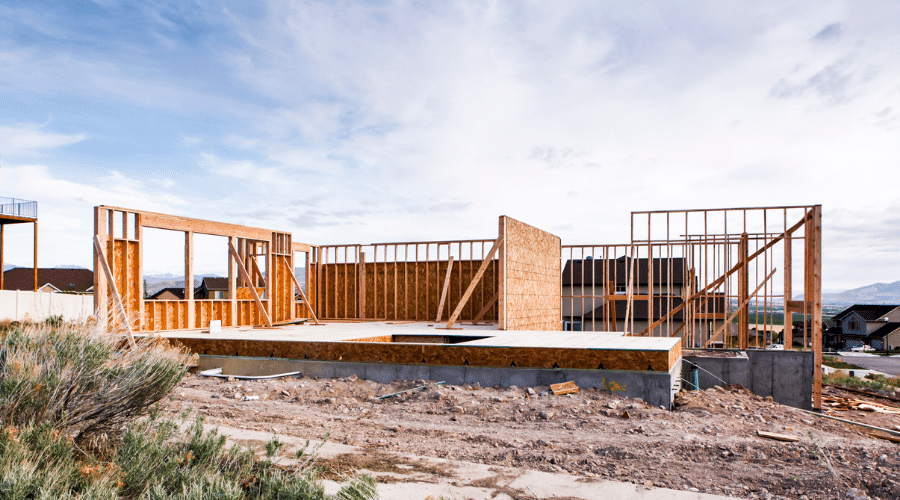
It’s easier to dig into the soil without patios, decks, or a pretty lawn that has to be ruined.
Termite Shields & Barriers
While other treatments can be done after construction, termite shields and barriers are almost exclusively pre-construction treatments.
Simply put, the construction company installs metal caps between the foundation and potentially vulnerable wood elements. This way, subterranean termites cannot access any wood without building mud tubes on the outside of the house.
While this does not completely get rid of the termites, it makes it clearly visible if they ever find and try to invade your home. Then, all you need to do is call your pest control company and let them quickly handle the infestation before they can cause any damage.
This might not seem like a big deal, but termite shields make it possible to spot an attack immediately, rather than after years, saving you thousands in both treatment and repairs.
Wood Treatment
For the construction of your new home, you should always favor pressure-treated wood for any wooden construction, and get chemical wood treatment for any untreated wood.
By treating wood with certain long-lasting, safe pesticides, the wood itself becomes deadly to termites and slows down any infestation to give you more time to exterminate the pest.
Again, even treated wood cannot be considered immune to termites – but it reduces the potential damage. Commercially pre-treated wood is standard for most construction, especially in termite-affected regions.
Termite Bait Stations
The only option on this list that can easily be installed even while you’re already living in your home.
Termite bait traps are small round containers, about the size of a shoe, installed in the ground around your house. When termites find them, they feast on the poisoned wood in the bait trap, bring the bait home to the colony, and spread the poison throughout their nest.
This way, bait systems are the only treatment that can actually wipe out subterranean termite colonies completely – often within weeks of them finding the traps.
Often, these bait traps are not filled with actual pesticides until termite activity has been noticed. Until then, they are simply monitoring traps. The pest control company will usually recommend one or two visits per year to check on the monitoring traps for any activity, then install the pesticides if necessary.
Treatment Options by Termite Type
Dampwood & Drywood Termites
Dampwood and Drywood termite species spread into a new location almost exclusively during swarm season. During this time, winged swarmers, called Alates, will fly out from their colony to start a new one.
If you see winged termites, be mindful of them and watch your home – especially the outside walls, for any signs of termite activity.
The main pre-treatment against these species is maintaining a well-sealed exterior. Any cracks in wood are an invitation to these termites. Using treated wood for any exterior construction, as well as sealing it with termite-proof treatment and/or paint can keep them away.
Subterranean Termites
During pre-construction, most treatments are aimed at subterranean termites, the most destructive species in North America. Termite shields and barriers are practically mandatory in affected regions, especially since the cost and additional effort is quite low.
Soil treatment is also specifically aimed at subterranean termites, as well as all underground baiting systems.
If you are in a high-risk zone, taking every precaution is recommended, as subterranean termites can quickly (within 2-3 years) grow a colony to up to 300,000 members, all without showing any obvious signs. Once the colony is established, they can destroy the very core of your home and cause massive damage.

